I neared Vevey, and the sunshine reflecting off of Lake Geneva was bright and warm. That morning I had left Provence, and because I was looking for M.F.K. Fisher had not booked a place to spend the night in Switzerland. To be exact, I was hoping to make my way to the spot on which Fisher’s house in the hills above Vevey stood. She lived there during one of her sojourns in Europe, and I have been trying to spend some time in each place she lived, including Dijon and Strasbourg, and Provence. I planned to find a room in the hills.
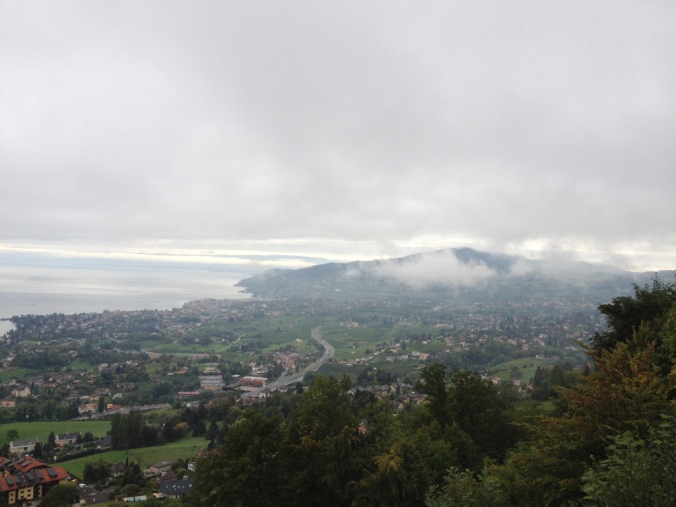
From a hill high above Lake Geneva
Vevey, at first glance, once I arrived in the city proper, underwhelmed me. I scanned the steep hills above and wondered which road I should take to get nearer to where Fisher cooked and wrote, and grew discouraged, because they all seemed to end in neighborhoods of orderly lawns and quiet houses. In my head I had imagined an alpine pasture, wildflowers, a few cows … not BMWs and S500s and crosswalks.
Growing frustrated, and resigned to spending the night in a drab room back in Vevey – I had driven through Montreux, directly adjoining Vevey, glamorous, bright, alluring, but on this trip am sleeping inexpensively (though not devoid of grace and comfort) – I noticed a woman on horseback, riding a brown beauty up what looked to be not much more than a trail. I slowly nosed the car toward the trail, and saw that it was wide enough for one car to proceed along it. In addition, a sign told me it was open to traffic, so slowly up I went.
About 10 minutes later I saw a restaurant on my left, and pulled into the small parking lot next to it. It was 5 o’clock in the afternoon, the restaurant closed and empty. Across the narrow street a woman was walking a dog, and I asked her if she knew of any chambre d’hôtes in the immediate area. She pointed toward a fork in the road, about 100 feet in front of us, and told me there were two, one up the left fork and one down the right fork. I thanked her, went back to the car, and took the right fork.
About two minutes later I saw a wooden house on my left …

A house at the end of the road
It was beautiful, and welcoming. I parked the car and approached the front door, and my knock was answered by a smiling woman. She told me the room was occupied, but invited me in. The house, warm, redolent of wood smoke, immediately made me feel at home. I asked her about the area, and told her why I stopped near Vevey, about M.F.K. Fisher and my wanting to find her home there. The woman, Monika, told me she had not heard of Fisher, but then her daughter, Danielle, entered the room and, hearing our conversation, said she would ask her brother about Fisher, as her brother knew a lot about the history of the area. I gave them my email address and said I was going to check on the other bed and breakfast nearby. I wanted to continue the conversation, but was concerned that nightfall would find me homeless.
I drove back to the fork and headed higher, looking for a railroad crossing, where, I was told, I would find a salmon-colored house. It was easy to locate, and I parked my car across the street from the building. Walking up to the front door, I noticed a few people in the house’s side yard working on what looked to be a large shed. I greeted the first person I saw, a woman whose black sweater was covered in sawdust; when I told her I was looking for a room for the evening she put down what she was holding and took me inside the house, to a room on the first floor. It was perfect: neat, clean, functioning WiFi. I told her I would take it, and she invited me back outside for a coffee. She also ordered me to bring in any clothing I had that was in need of laundering …

Angela and sons, preparing lunch
The structure they were working on was something I would like to have: a room with a table that seats 12 people or so, adjoining a fully equipped kitchen. It was so much more than a shed. They used it for family meals, and their guests enjoyed breakfast at the big table, overlooking an outdoor Jacuzzi tub, a sauna, and, at the rear of the garden, a chicken house. (I learned that of eight hens, one remained, the other seven victims of a fox. The lone hen’s only companion was a goose, a plucky specimen that strutted on the grass looking like a miniature emperor.)

The Emperor of Chamby
I had dinner that night at the restaurant down the road, where I had first parked and learned about my two bed possibilities, and after settling in at my table and ordering a glass of wine, I turned my thoughts again to M.F.K. Fisher, the person I was in search of on this steep hill overlooking Lake Geneva. I wondered how far away the remains of her house were, if she had ever dined on venison from the area (my main course that evening). And I thought about the idea that she on many evenings, from a perch most probably above where I was sitting, looked down on the lights of Vevey and Montreux, as I was doing.

Loin of venison in the Swiss hills
I had driven for the better part of that day, so after my meal I headed back to my room, looking forward to getting in bed early, or at least earlier than was usual for me. But, as I opened the house’s front door and started toward my room, Angela and her husband met me in the foyer and invited me to go out with them for a drink, which I did. We drove down the steep hill and met some of their friends in a small club whose DJ loved ’80s music, and, to my relief, Marley and Nina Simone. We lasted until 1:30 or so in the morning, and after discussing local politics and my next destination and restaurants in the area we headed back up the hill to sleep.
The next morning I was awake at 8:30 or so but stayed in bed reading. I knew that I did not have a long trip ahead of me to get to Bavaria, so decided to take it easy. My hosts were already preparing lunch, and when I went outside I saw a pot filled with octopus and tomato sauce. As I was drinking my coffee, Angela asked me to stay for lunch, and how could I say no? They were all working on the room again, installing windows. The grandmother was in the kitchen, laying out cheeses and charcuterie. I lingered over a second cup of espresso and took in the sights and sounds, watching three generations of a family work and cook and live, and felt warm and at ease.

This, among other things, forced me to stay for lunch

From the heart and hands of an artisan
The table was set for our meal, and I went to my car and brought back a bottle of wine, a red from Provence. More family members arrived, and a plate of house-cured salumi was brought in. We ate the octopus and artichokes and bread and drank our wine. The fog, which earlier had shrouded the horizon and blocked our view of the lake far below, was lifting, and I took that as a cue that I should be on my way. I reluctantly stood and shook hands and received and gave hugs, and left my hosts at the table.
I neglected to mention that two ghosts are in this story, the other being that of Hemingway. About 250 feet or so from my room, higher up the narrow road, stood a house where the writer lived in 1922 with Hadley Hemingway. The house was then the Pension de la Forêt, and I wondered if Fisher ever stayed there …

A room for a giant (Swiss Tourism Archive)

A young couple in Switzerland (JFK Library/Hemingway Collection)
As I drove back down toward the fork in the road I decided to say bye in person to the woman whose pension I first stopped at; the night before she had sent me an email telling me her apartment would be available the following evening if I had plans to stay in the area longer, and her daughter had put me in touch with a historian in Montreux who might know something about M.F.K. Fisher’s life in Vevey. They were kind to do this, and I wanted to tell them so. The mother opened the door and invited me in; I could smell the pleasant odors of food coming from the kitchen, and again felt instantly welcome. The house was built in the 1630s, and its solidness gave me a sense of well-being. It turned out that the mother’s husband had been an American scientist; he died in 2011. He had done much work restoring and modernizing the house, and was a renowned builder of model ships, as I was to discover on a tour of the house.

The Titanic, big and with exquisite detail
I received another lunch invitation, and wanted to stay, both because of the hospitality and the smells emanating from the kitchen. But Germany beckoned, and I planned to arrive at my next destination before sunset, so I once again said goodbye and started down the hill, toward Bavaria.
Chasing a ghost is challenging, and I never found M.F.K. Fisher’s house (or what remains of it, if anything does) or the land upon which it stood. But I did find good people, and spent a few hours with them and their food and kindness. And I know that would have made Fisher happy, indeed. I also know that the next time I am near Montreux I will find myself in good company, around warm tables full of fine food and much laughter.
Like this:
Like Loading...



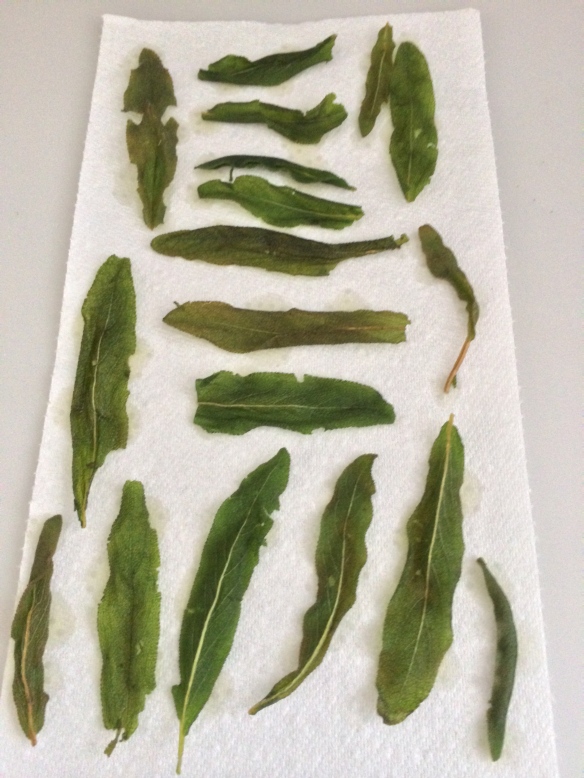
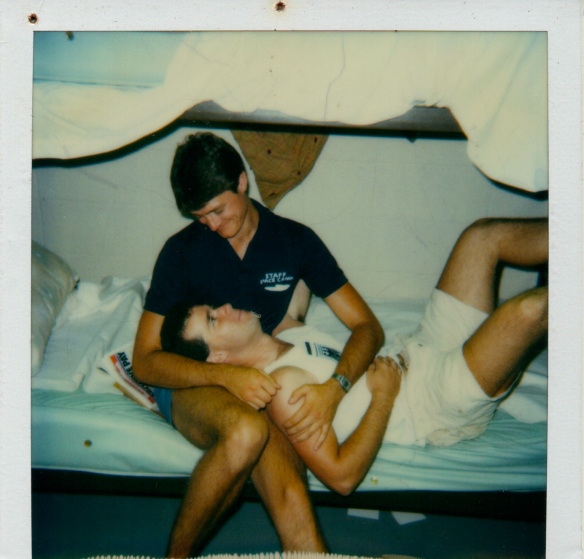
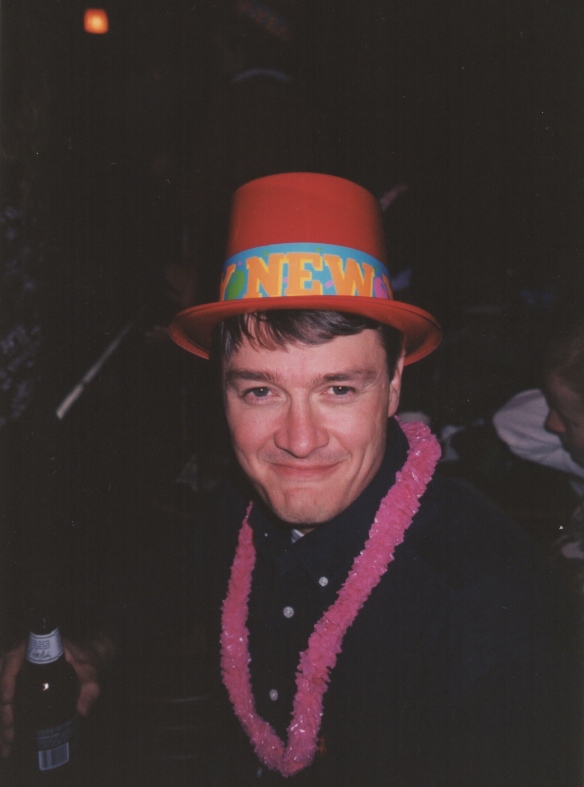

















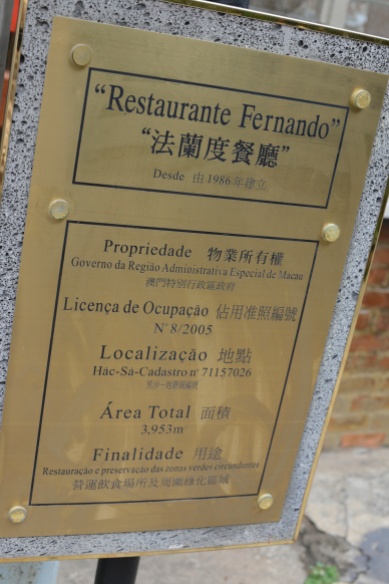
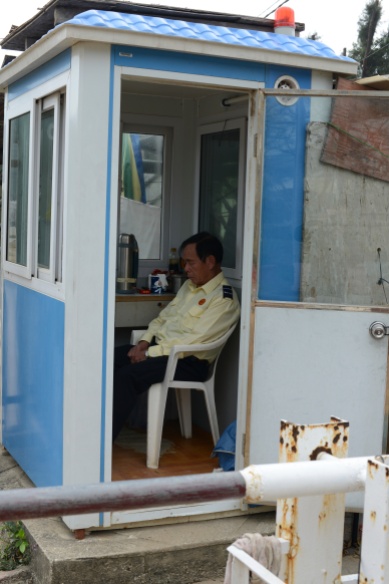
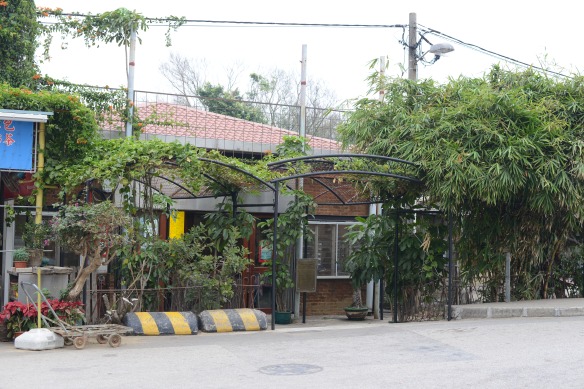
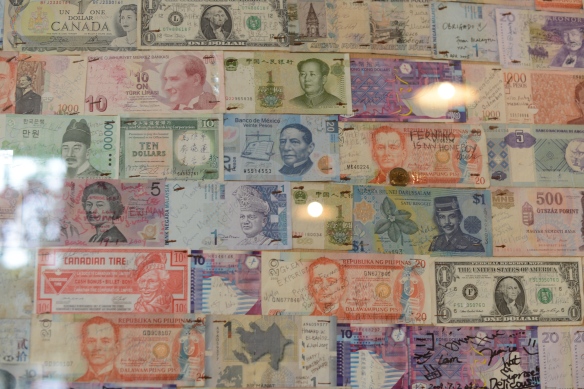
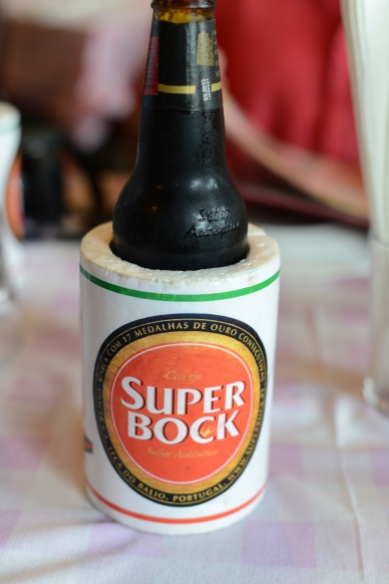
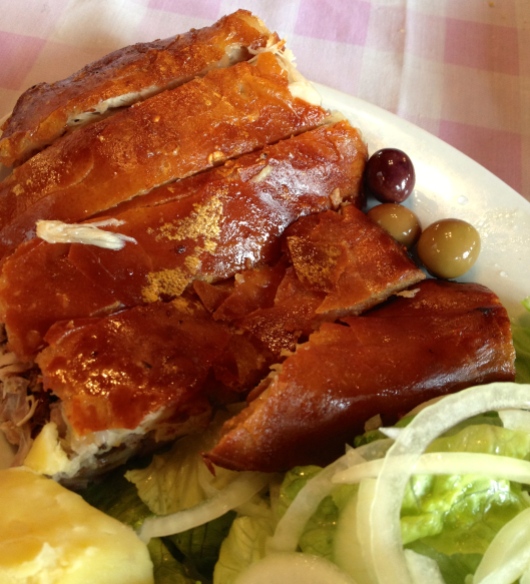
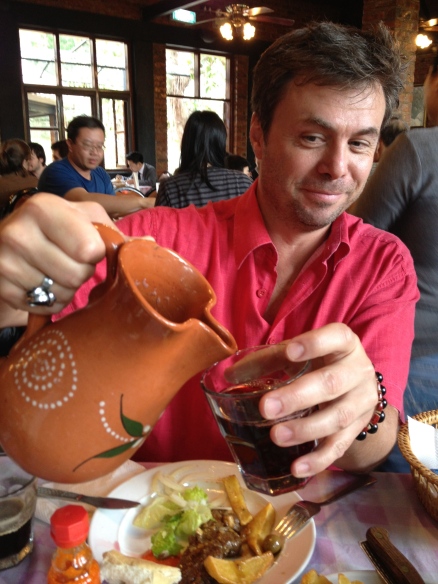
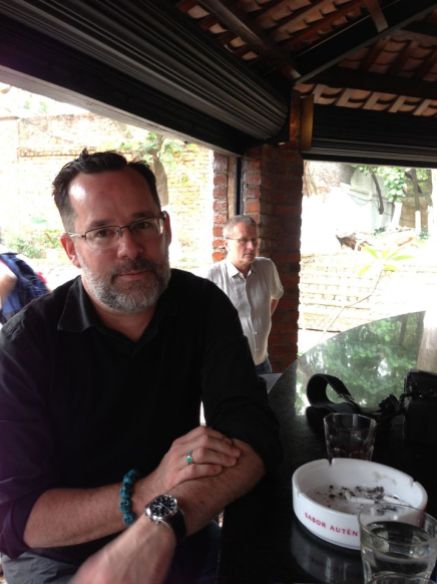
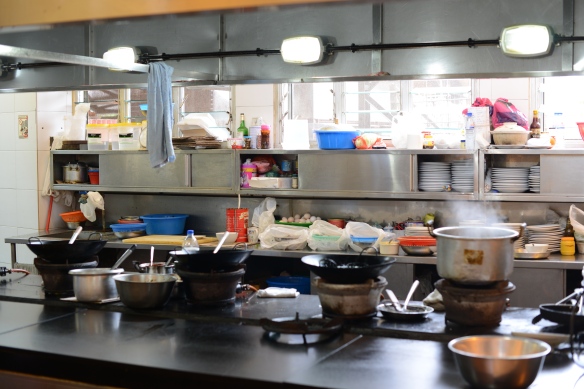
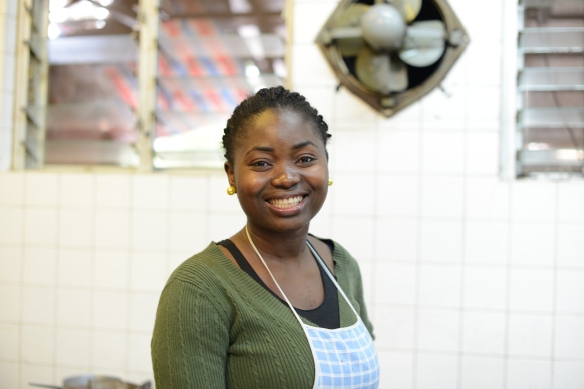
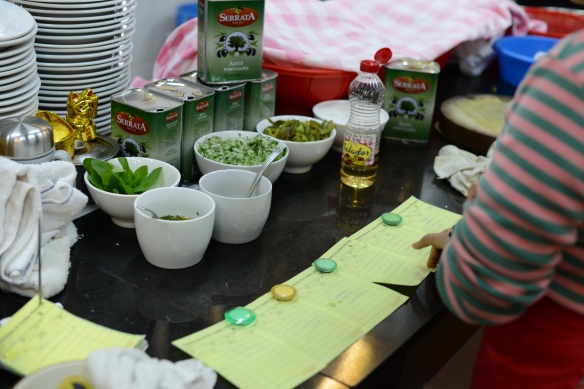
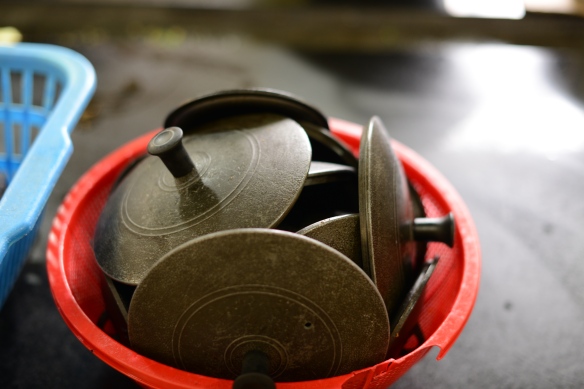
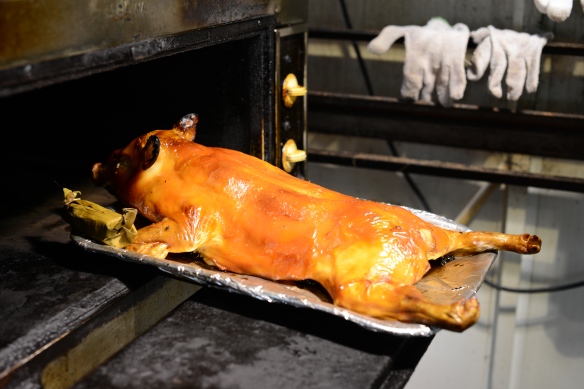
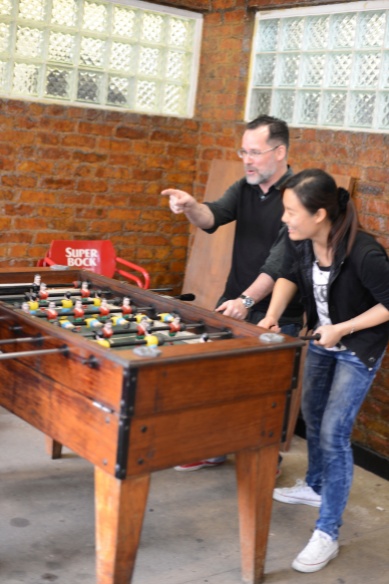
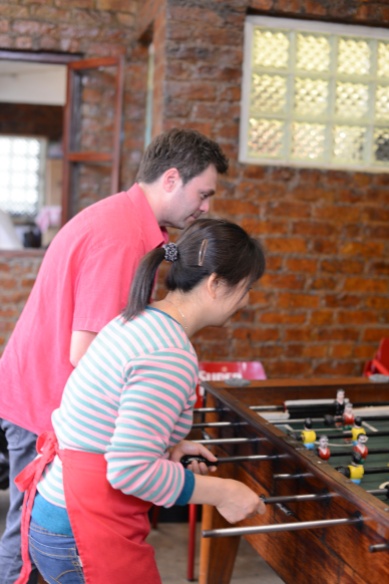
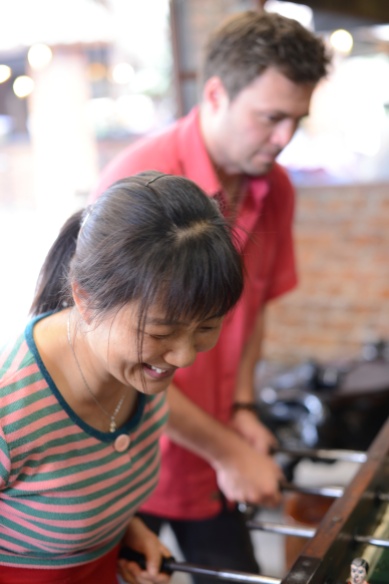

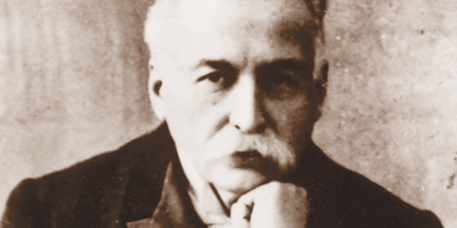


















Recent Comments